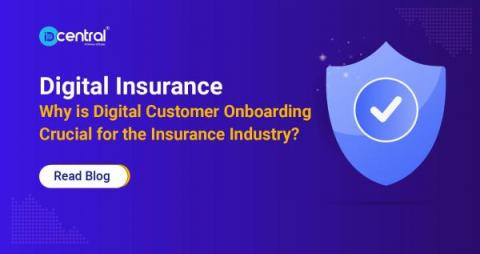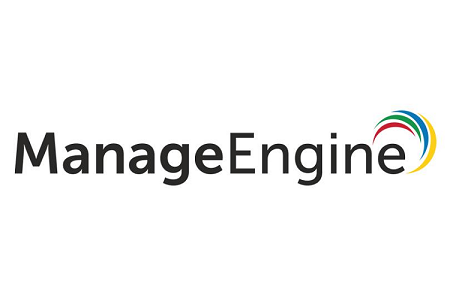Ransomware Losses Prompting Cyber Insurers to Raise Rates and Slash Coverage
The year 2021 had the dubious distinction of being the most prolific for ransomware on record, and the onslaught didn’t stop in 2022. It’s now estimated that every 14 seconds, a business falls victim to a ransomware attack. Ransomware attacks aren’t just happening more often.











